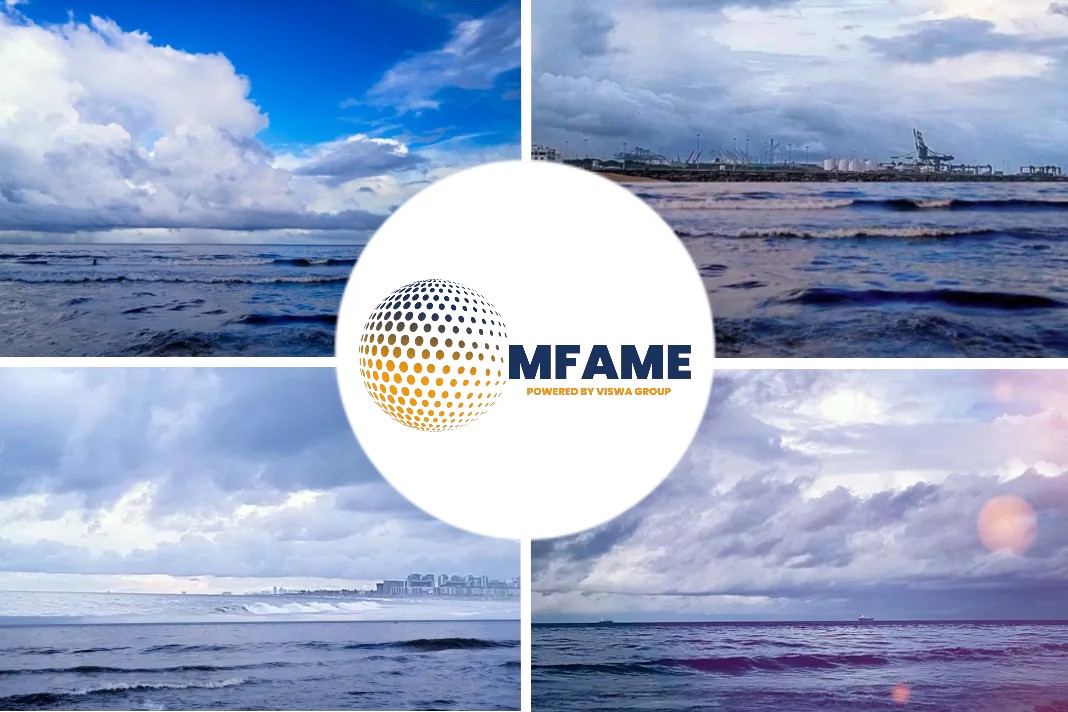- The ban will take effect for non-Arctic flagged vessels in 2024.
- However, due to resistance to a total ban by Russia, vessels flying the flag of an Arctic state were granted a 5-year grace period until they also have to comply by mid-2029.
- This type of fuel also produces high levels of black carbon, or soot, which when it settles on snowy surfaces across the region contributes disproportionately to ice melt.
The International Maritime Organization’s 2024 ban on heavy fuel oil won’t be accepted by Russia and Canada. Russia intends to continue using heavy fuel oil for at least another five years, whereas Canada’s action is likely just temporary until it can legally accept the underlying deal as reported by High North News.
Voluntary restrictions
Russia informed the International Maritime Organization (IMO) that it is opting out of the voluntary restrictions on HFO that are scheduled to start in mid-2024, a move that indicates the country’s desire to continue using and transporting HFO in the Arctic until a mandatory ban takes effect for all vessels in mid-2029.
On November 1st of last year, Russia told the IMO that “the amendments as adopted by the Resolution MEPC.329(76) will not enter into force for the Russian Federation.” Canada similarly informed the IMO that it would postpone ratifying the protocol until after the treaty had been officially adopted.
A ban on the use and transportation of HFO under the International Convention for the Prevention of Pollution from Ships (MARPOL) had been discussed in the IMO for more than ten years prior to being approved in 2021. For ships with flags other than the Arctic, the restriction will go into effect in 2024.
Ships flying the flag of an Arctic state, however, were given a 5-year grace period before they too had to comply by mid-2029 due to Russia’s opposition to a total ban. Until 2029, double-hulled ships that are thought to be safer are also exempt.
HFO remains in Arctic until end of decade
The most polluting marine fuel, HFO, poses a serious risk to the delicate ecosystem of the Arctic Ocean in the event of a leak.
High levels of black carbon, often known as soot, are also produced by this type of fuel, and when it lands on icy surfaces throughout the region, it contributes disproportionately to ice melt. Additionally, cleaning it up is very impossible, particularly in colder regions or waterways where it thickens and becomes viscous.
The regulation’s initial goal was to swiftly and significantly restrict the number of ships traversing the Arctic, either utilising HFO in their engines or bringing the fuel in from elsewhere in the world.
Environmental advocacy groups cautioned that the possibility of Arctic states waiving requirements for an additional five years was a significant loophole that made the entire policy far less effective at the time the resolution was enacted.
The great majority of shipping in the Arctic is carried out by ships flying the Russian flag. Out of the 941 ships that acquired licences in 2022, 902 were flying the Russian flag along the Northern Sea Route (NSR), the busiest shipping waterway in the area. Until the middle of 2029 or until Russia accedes to the voluntary protocol, these ships will be free from the HFO regulations.
More crude shipped across the Arctic
Sanctions will probably cause the tonne mileage in the Arctic to rise in 2023 and beyond, sending crude oil and other hydrocarbon fuels on longer journeys to Asia rather than Europe. Since seaborne imports of Russian crude oil are now prohibited due to EU sanctions, the nation will reroute at least some of its crude oil to flow eastward.
A large portion of this manufacturing will go to Asia.
The risk that oil tanks confront on their journey to Asia is increased by ships carrying oil over greater distances and through the harsher cold seas of the eastern NSR.
Crude oil is now being transported from close to Murmansk via the NSR to the Chinese port of Rizhao, where it is scheduled to arrive later this week on November 17. This kind of journey with crude oil has only been undertaken twice.
Analysts predict that the NSR 2023 will see more trips similar to the Vasily Dinkov because Europe is no longer open to Russian energy shipments.
A whopping 500,000 barrels of petroleum per day might be produced in the western part of Russia’s Arctic once Rosneft’s Vostok oil project starts operating in 2024. A large portion of this manufacturing will go to Asia because EU sanctions will probably still be in effect at that time.
Due to Russia’s refusal to join the voluntary convention, ships will not only be able to transport enormous amounts of crude oil over the Arctic, but tankers will also be able to utilise HFO to fuel their engines well into this decade.
Did you subscribe to our newsletter?
It’s free! Click here to subscribe!
Source: High North News























